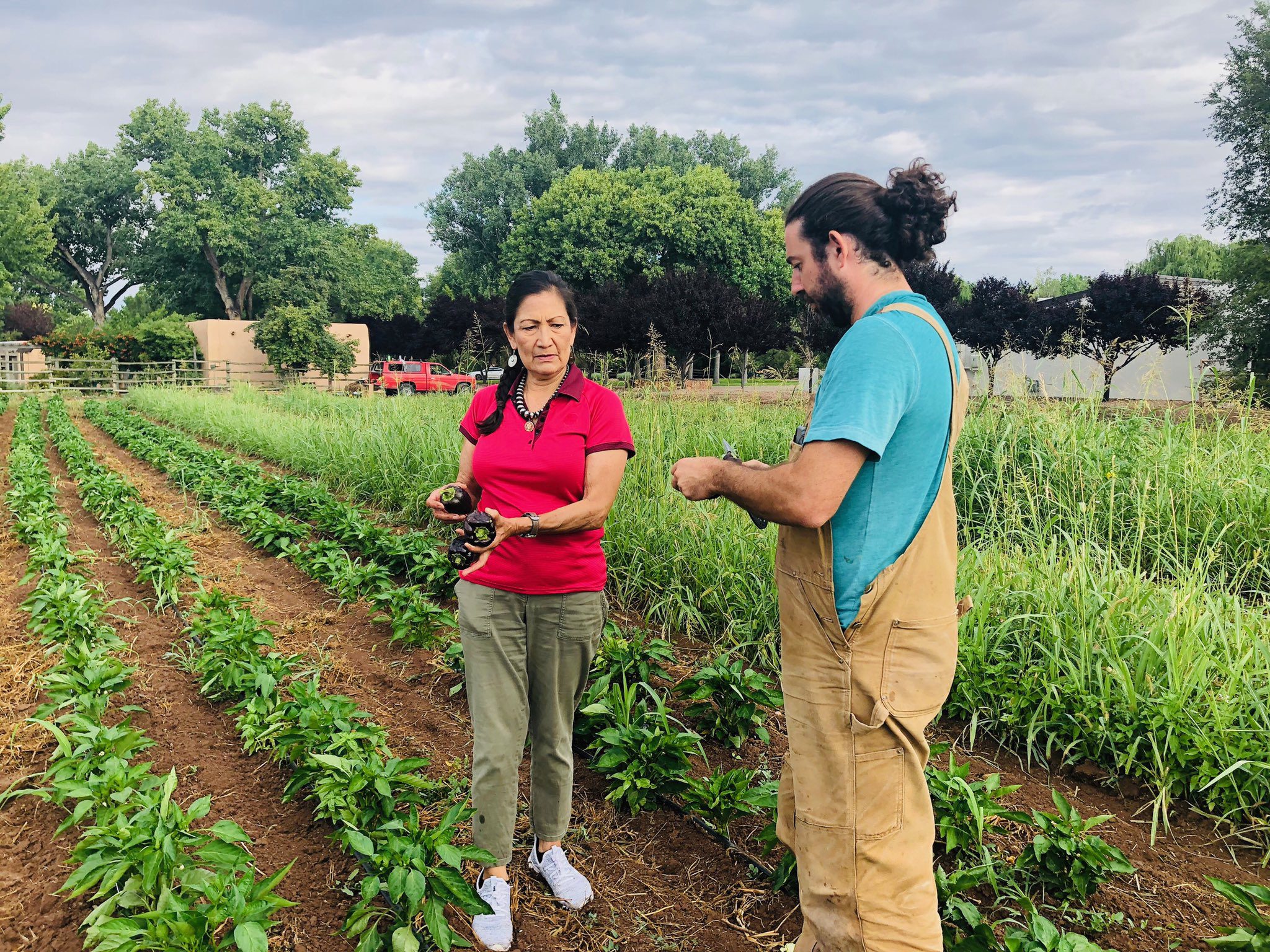June 29, 2023 — The Rio Grande, one of North America’s most significant rivers, continues to be at the center of a water rights dispute between New Mexico, Colorado and Texas. Last October, the three states had reached an agreement in the form of a proposed Consent Decree, but the proposed decree was under seal. It was finally unsealed in January this year.
In New Mexico, lawmakers and stakeholders convened this week in Las Cruces to discuss the proposed agreement aimed at ending the years-long legal battle over the river’s management. Although the settlement might put an end to the inter-state conflict, some stakeholders asserted that it placed a substantial burden on the farmers.
A Complicated Path Forward.
Hannah Riseley-White, Interim Director of the Interstate Stream Commission , presented a multifaceted plan for the lower Rio Grande that is centered around efficient water usage and conservation. The plan encompasses:
, presented a multifaceted plan for the lower Rio Grande that is centered around efficient water usage and conservation. The plan encompasses:
- Financial incentives for farmers to abstain from pumping groundwater.
- Leasing surface water.
- Leaving farmland idle (fallowing).
- Making infrastructure improvements.
The Associated Press reports that some lawmakers question leaving farmland fallow, warning that leaving farmland unplanted will not be a long-term solution in making sure that Texas gets its share of the Rio Grande under the pending settlement.
reports that some lawmakers question leaving farmland fallow, warning that leaving farmland unplanted will not be a long-term solution in making sure that Texas gets its share of the Rio Grande under the pending settlement.
Farmers Caught in the Crossfire.
Gary Esslinger, Manager of the Elephant Butte Irrigation District , emphasized that groundwater pumping had been indispensable for agriculture, particularly during droughts. However, this practice diminished the aquifer and contributed to the dispute with Texas.
, emphasized that groundwater pumping had been indispensable for agriculture, particularly during droughts. However, this practice diminished the aquifer and contributed to the dispute with Texas.
The proposed agreement appears to take a significant toll on the farmers who rely on the Rio Grande for irrigation. They are expected to limit water usage, potentially affecting crop yields and livelihoods. Leaving farmland fallow means a direct loss of income for many farmers.

 .
.Possible Infrastructure Upgrades.
Experts at the meeting asserted that infrastructure must be enhanced to make a settlement work. Proposals included the creation of secondary ponds at dams for storing stormwater runoff. This would not only ensure a more efficient use of water but could alleviate to a degree the burden on farmers by reducing dependence on groundwater. The infrastructure improvements are especially vital considering climate change’s impact on the region’s water availability.
The Climate Change Quandary.
Sam Fernald, from the Water Resources Research Institute at New Mexico State University , explained that climate change has resulted in 20-50% less runoff from snowmelt while increasing evaporation. This has created the need for more irrigation water, putting additional pressure on farmers who are already grappling with constraints in water usage.
, explained that climate change has resulted in 20-50% less runoff from snowmelt while increasing evaporation. This has created the need for more irrigation water, putting additional pressure on farmers who are already grappling with constraints in water usage.
Uncertainty and Internal Divisions.
Despite the settlement proposal, State Senator Joseph Cervantes voiced concerns regarding the potentially divisive nature of the agreement within New Mexico, as it might spark fresh disputes between northern and southern regions over the Rio Grande’s water. Farmers, particularly in the south, worry that the settlement will exacerbate their struggles, as they are being asked to bear the brunt of water conservation efforts without adequate compensation.
voiced concerns regarding the potentially divisive nature of the agreement within New Mexico, as it might spark fresh disputes between northern and southern regions over the Rio Grande’s water. Farmers, particularly in the south, worry that the settlement will exacerbate their struggles, as they are being asked to bear the brunt of water conservation efforts without adequate compensation.
The Need for Balanced Solutions.
While the proposed settlement in the Rio Grande water dispute is a step towards resolution, it is imperative to ensure that the solution does not disproportionately affect the farmers who are the lifeline of the region’s agricultural economy. Balance must be struck between conservation, infrastructural enhancements, and support to the farming community to ensure a sustainable and equitable resolution to the water woes along the Rio Grande.
Opening Image:
Vista westward over the Rio Grande valley from the foothills of the Sangre de Cristos Mountains near Questa, Taos County, New Mexico. Spring 1943. U.S. Library of Congress via Wikimedia Commons .
.


Leave a Reply